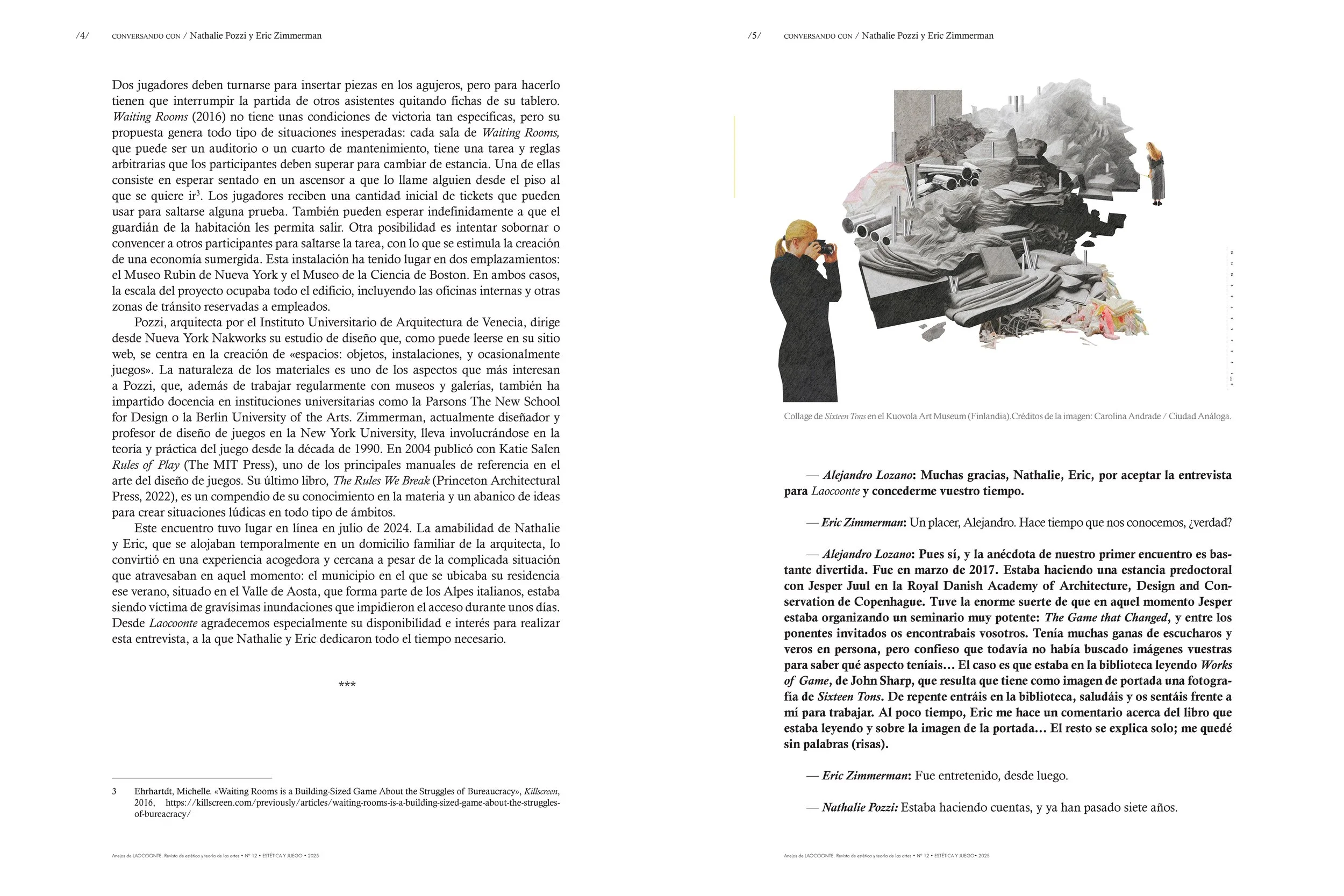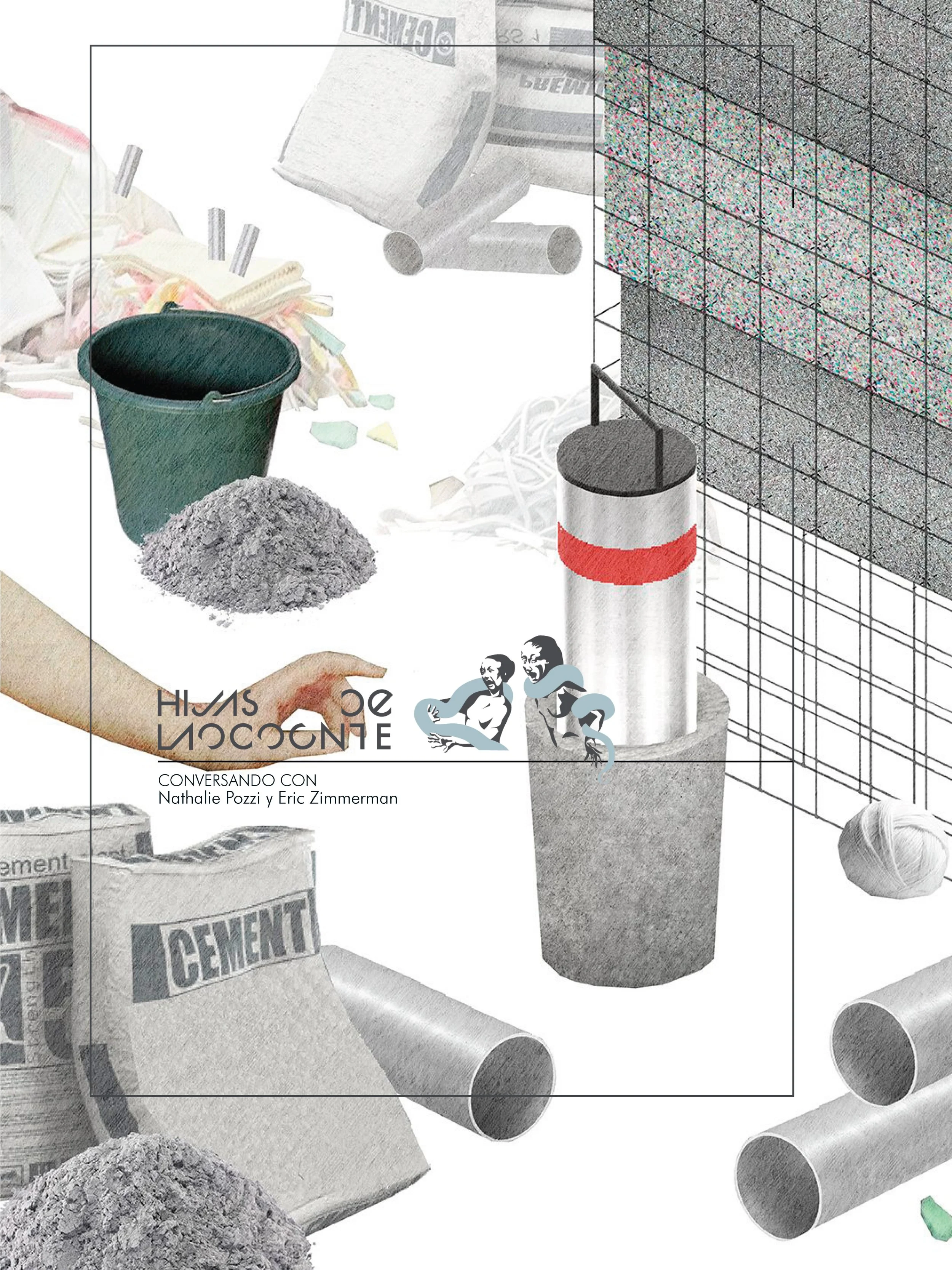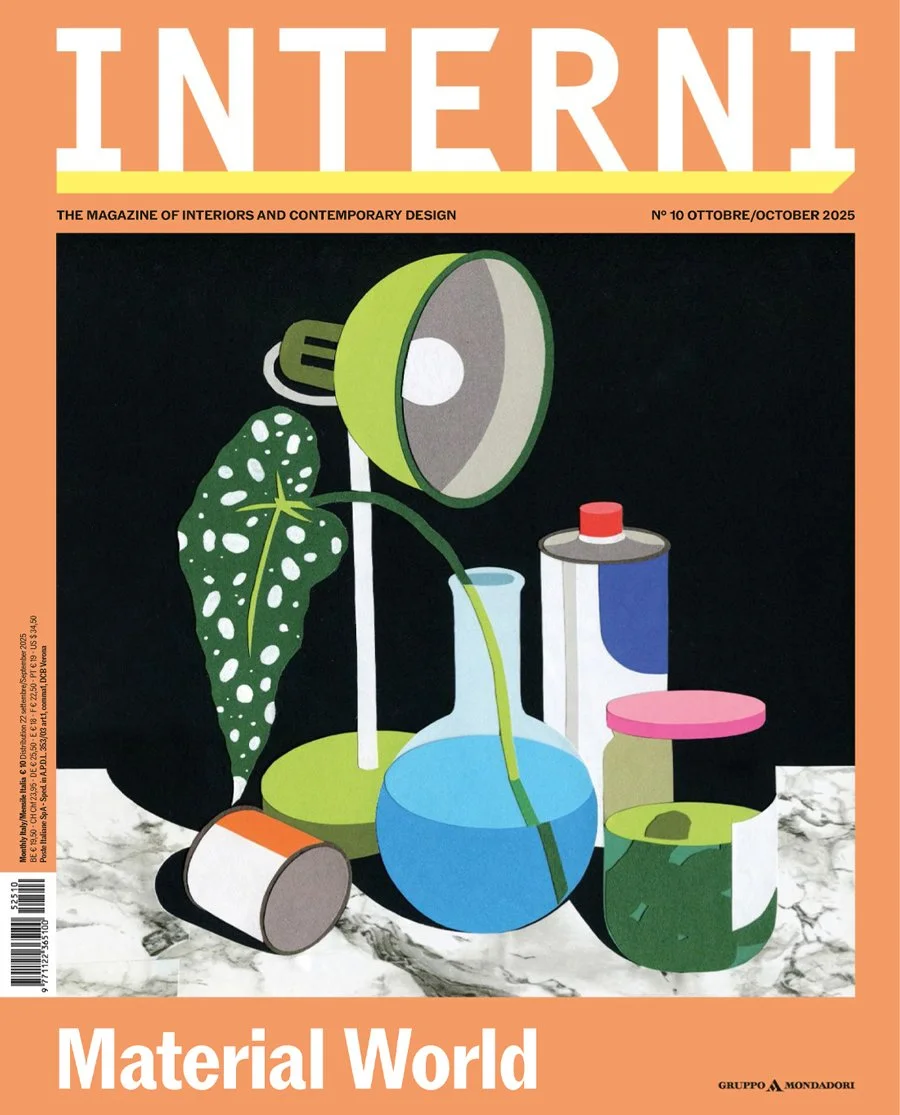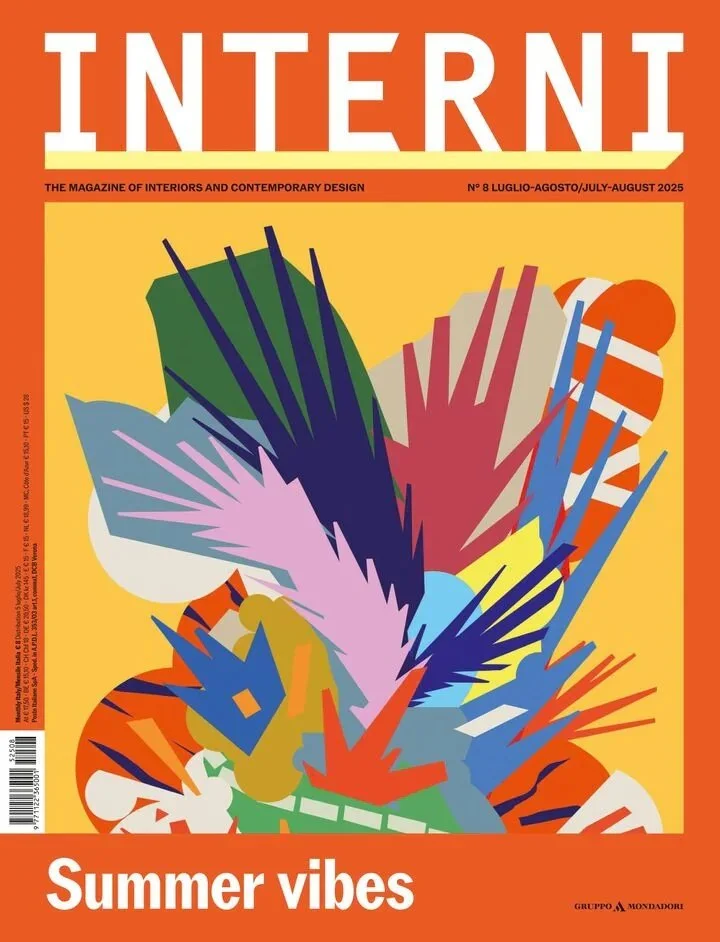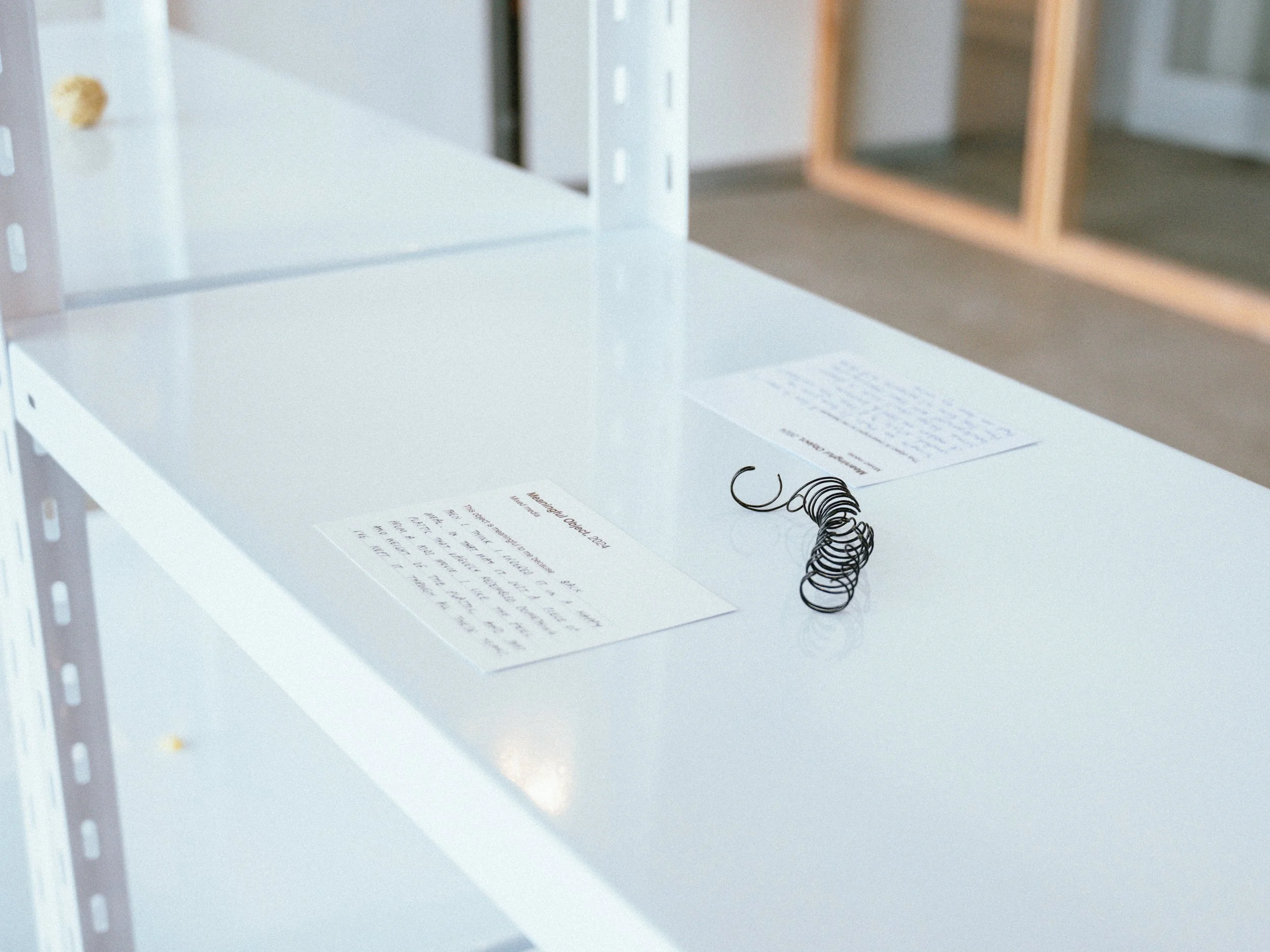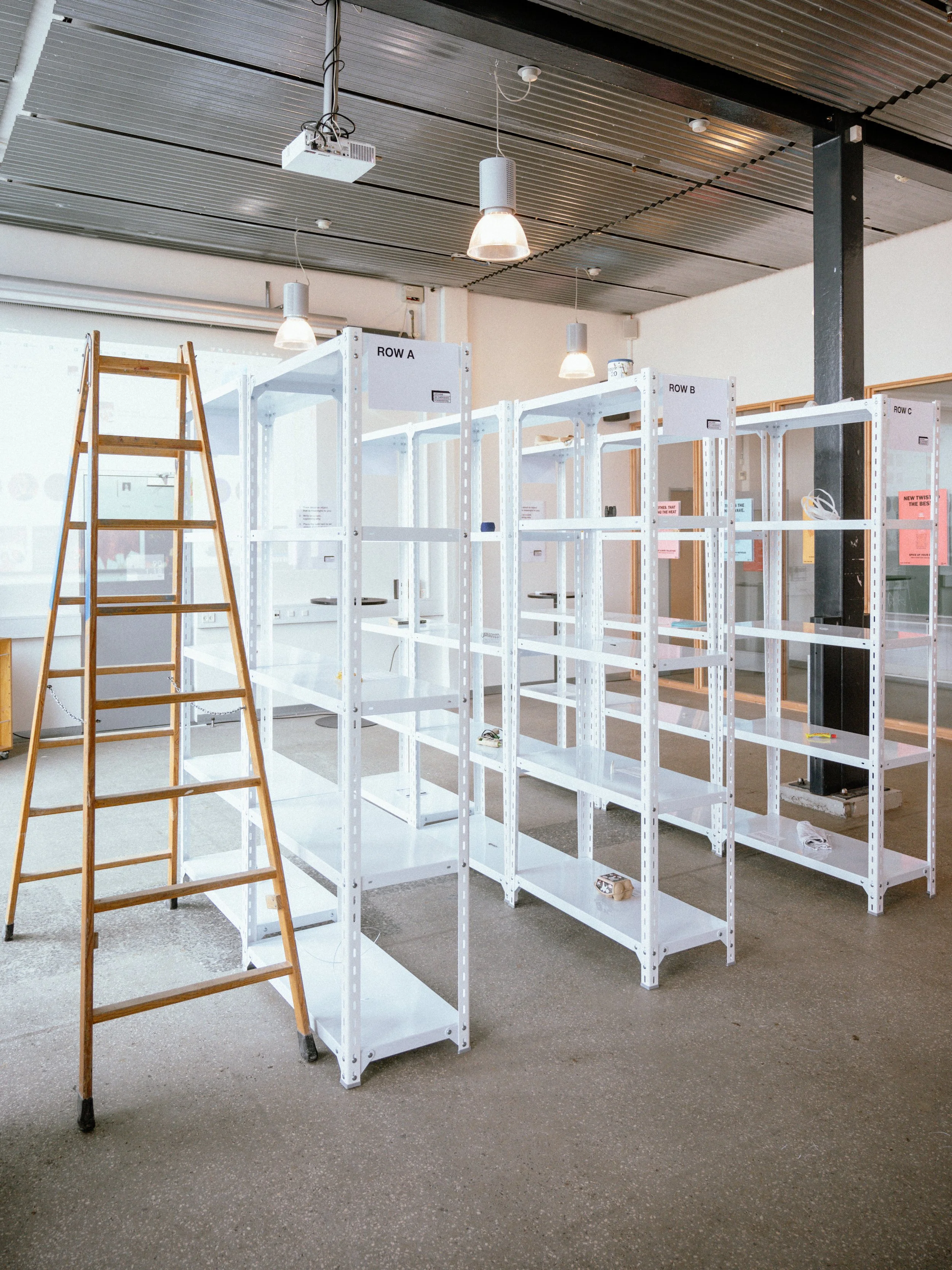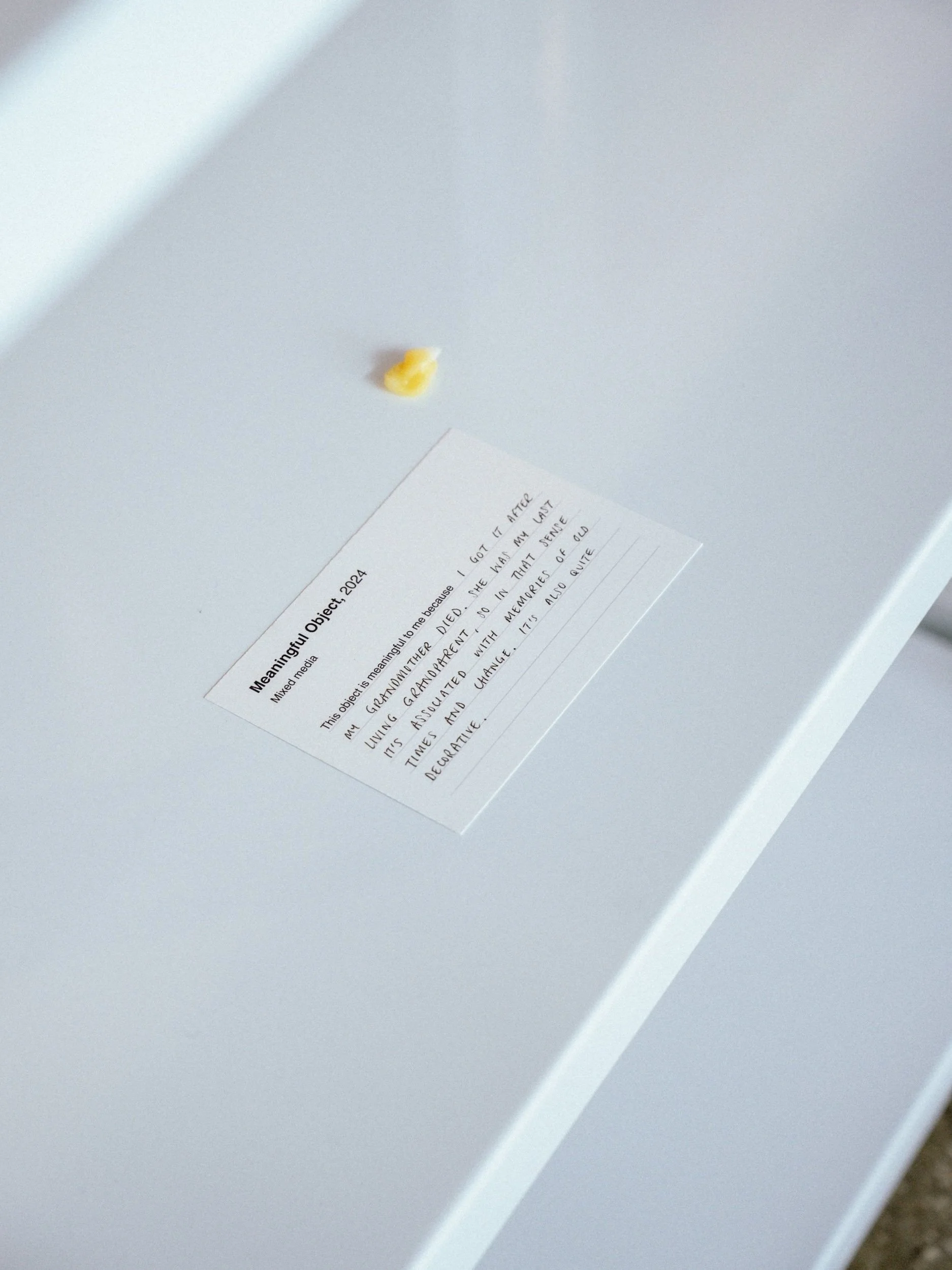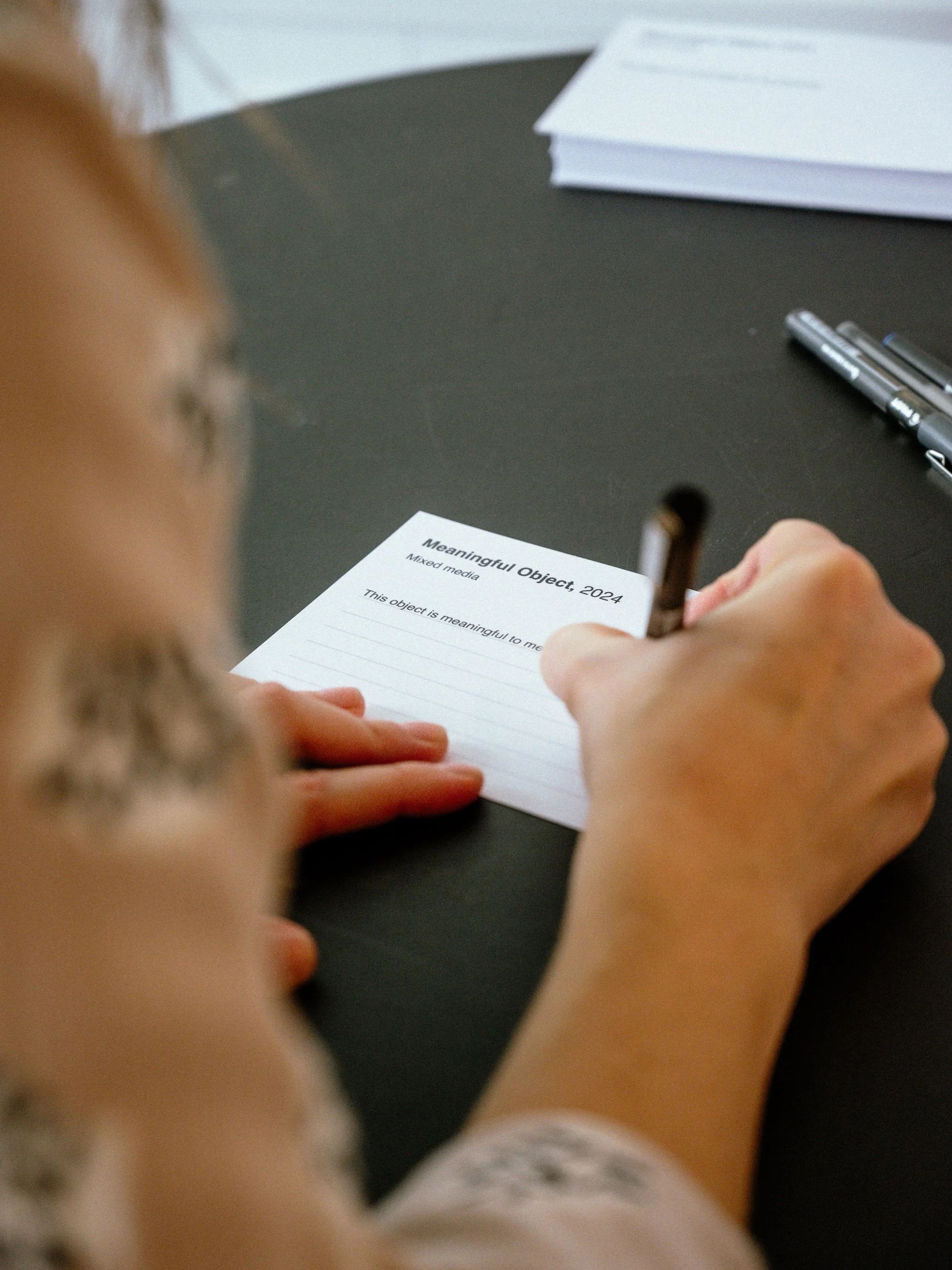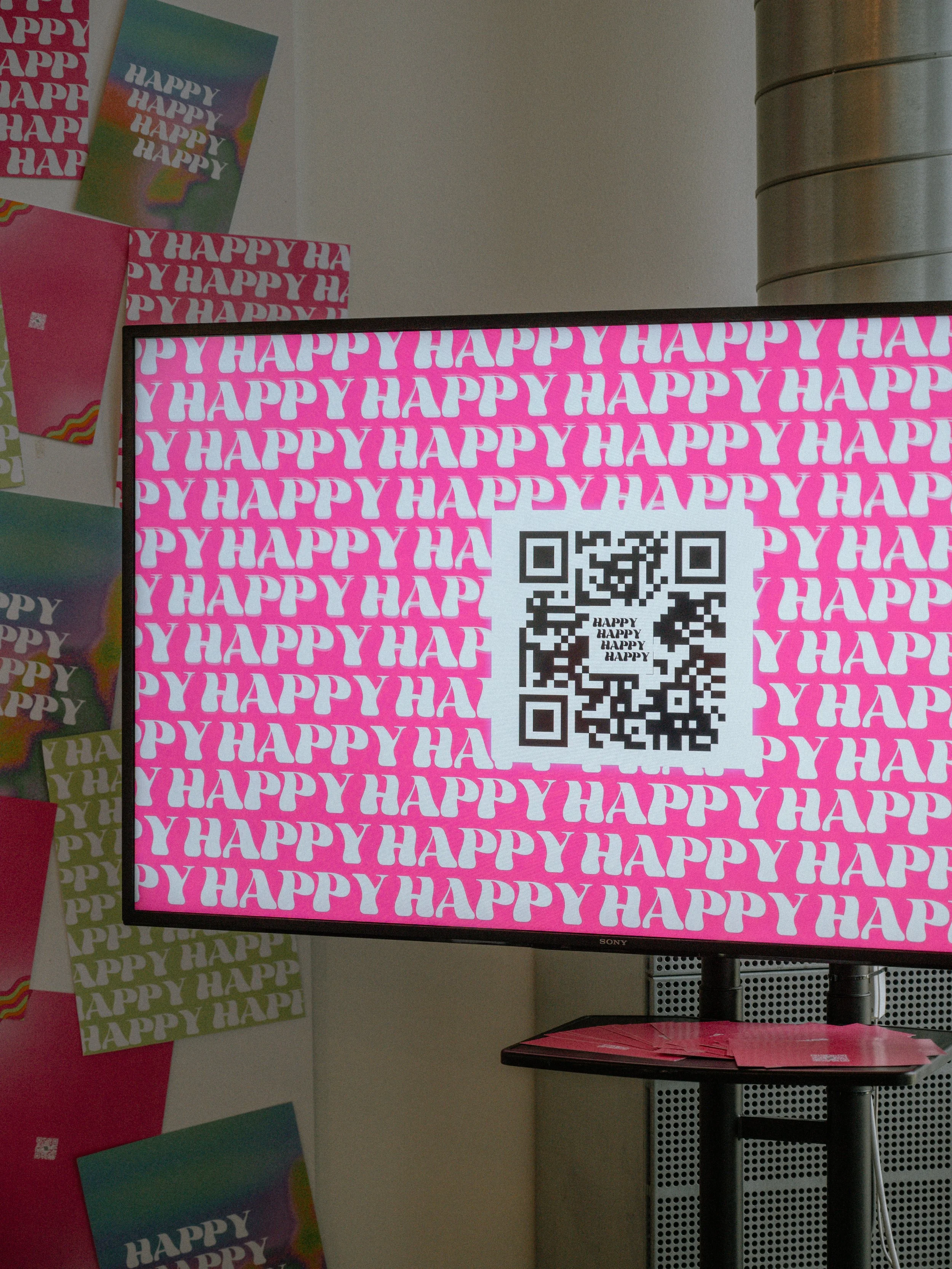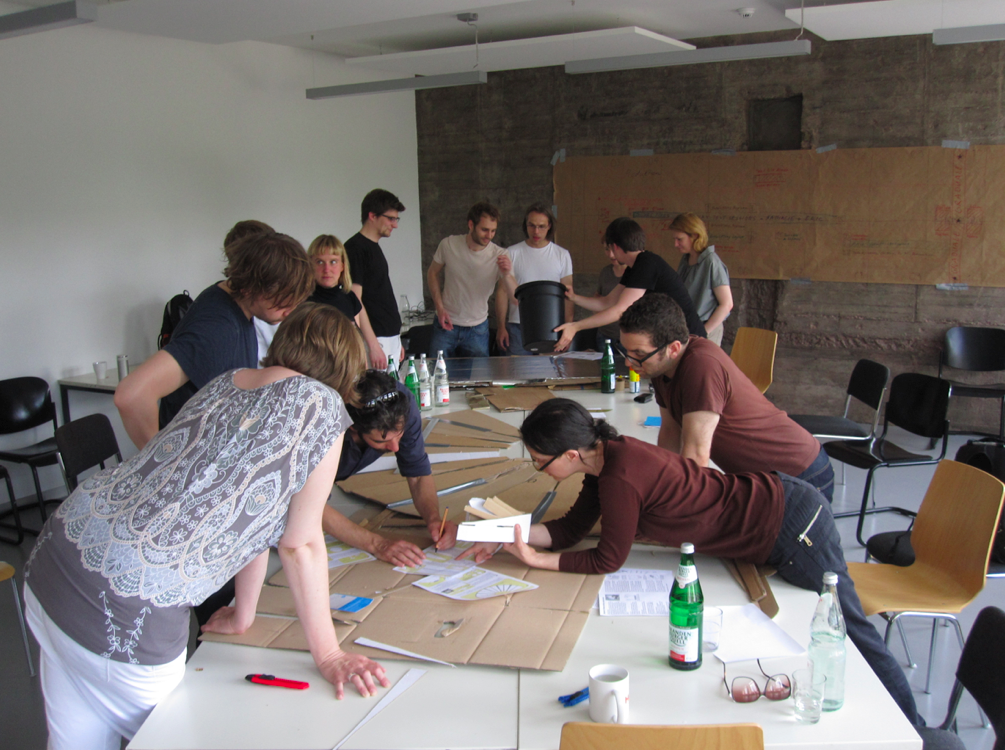LAOCOONTE · SPAIN
Nathalie Pozzi
The latest issue of Laocoonte (nº 12) on "Estética y juego" (Aesthetics and Play) features an interview about the collaborative work done by Nakworks with game designer Eric Zimmerman over the years.
Full Interview (in Spanish):
Conversando con
Nathalie Pozzi y Eric Zimmerman
written by
Alejandro Lozano
Laocoonte is a biannual publication exploring culture and society from a transdisciplinary lens, published by the Spanish Society of Aesthetics and Theory of the Arts (SEyTA).
